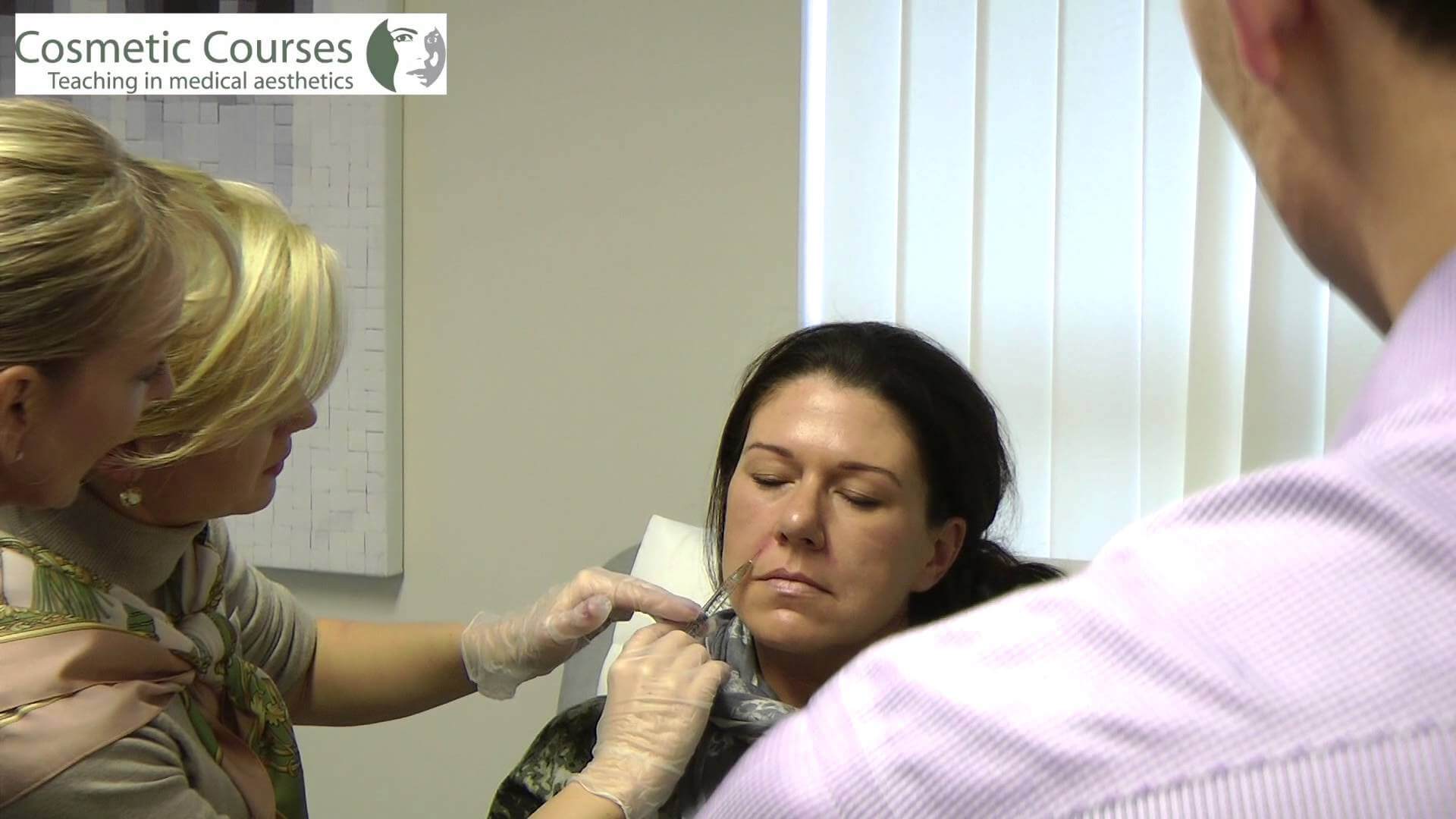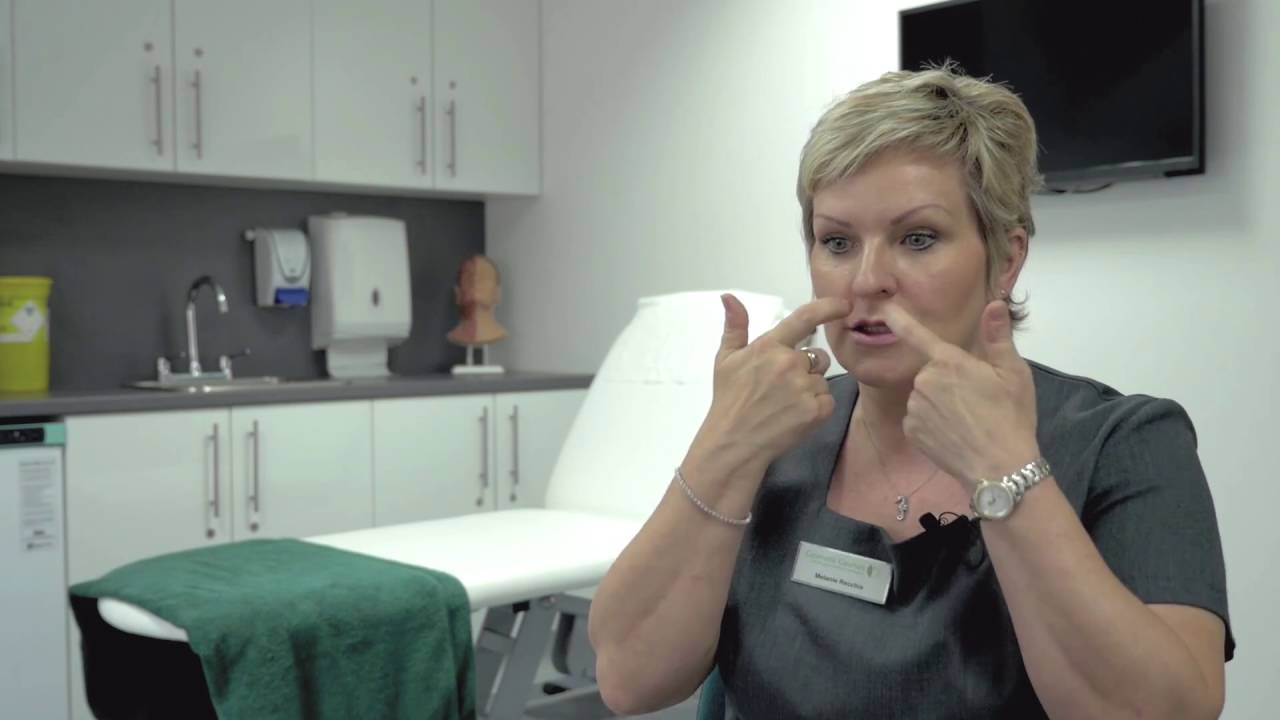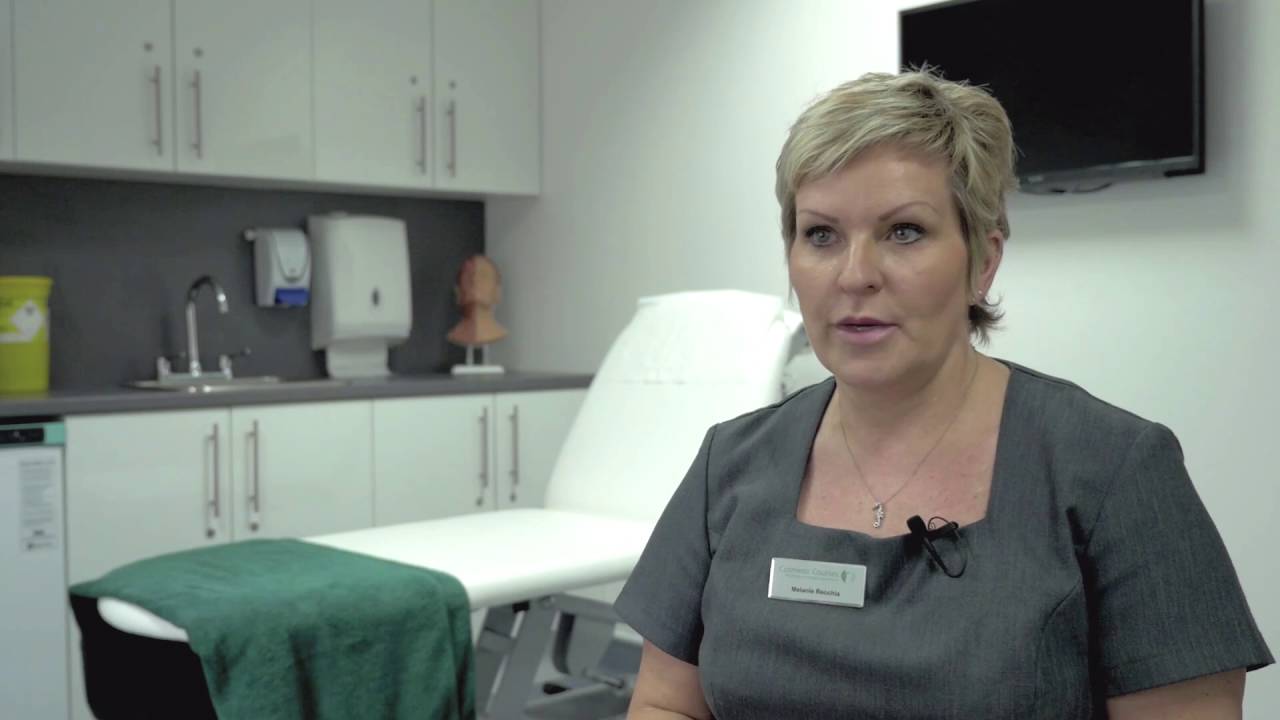In this short video we see Lead Trainer of Cosmetic Courses and Aesthetic Nurse Mel Recchia answer the FAQ; How would I treat eyelid ptosis brow ptosis?
Transcript:
If your patient presents with a brow or eyelid ptosis, you need to establish whether it is a brow ptosis or a eyelid ptosis. Quite often patients will just refer to a lid ptosis or a heavy eyebrow, but to treat accurately you need to know exactly which it is. So, if it’s a brow ptosis, so this would be a heavy or a dropped brow, this is going to be due to your placement of Botox, either in terms of where you’ve put it, or actually in fact the doses that you’ve used. If you have a brow ptosis it is very difficult to retract that with further treatment, but there are steps that you can take to try to make it slightly less heavy. That would involve making sure that you have adequately treated the glabella area, so make sure that the glabella area is completely still because it’s by relaxing the depressor muscles here that you will then allow a little bit of elevation of the brow so this will help to lift the brow back into place. The other area that you can add a little bit of additional toxin if you feel that there’s a heavy brow is just at the lateral tail end of the orbicularis oculi just under the eyebrow, so a small dose just in here will relax the depressor portion of the orbicularis oculi and that can have an effect of helping to raise the eyebrow, but once a muscle has been relaxed with Botox, it is very difficult to reactivate it, but there are small steps that you can do. Now if it’s a lid ptosis, where the actual eyelid is obviously closing and you will see this very clearly, there are some drops called iopidine that you can use, now these drops, they are an alpha two receptor agonist, you put them into the eye as drops now they’re not licensed for this use and they’re actually for glaucoma you need to advise your patient that they can have the drops, you can give them a prescription for the drops, but you must suggest that they don’t use them all the time and they perhaps only use them for maybe a meeting or a special occasion because of side effects. What the drops will do, a side effect of the drugs is that they cause the contraction of the muller muscle which is the Superior tarsal muscle which is the eyelid muscle, so you will get a temporary sort of lift of the eyelid so it will correct the ptosis. Unfortunately the effects will be there until the Botox has worn off, so you really just have to support your patient through the process. You usually find however, that a lip ptosis or a brow ptosis will resolve before the rest of the Botox has worn off, but the main thing to stress to your patients is that it will wear off and they will completely return to normal.
If you have any further questions please don’t hesitate to contact our team on 01844 390 110 or send us an email.















